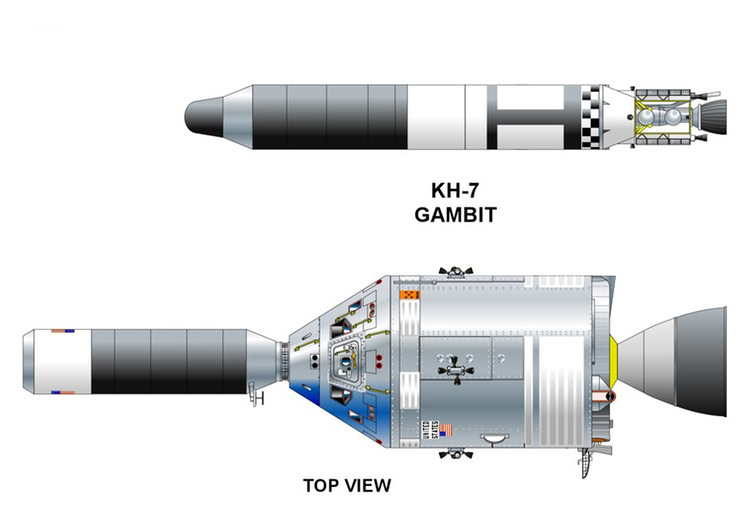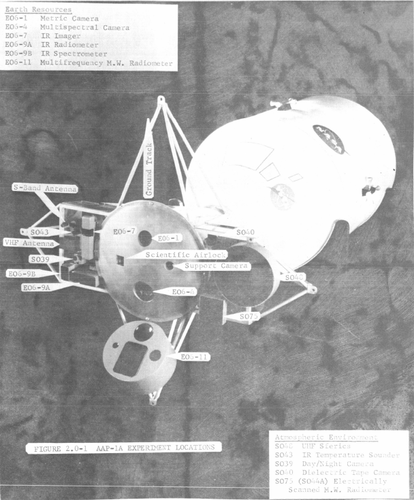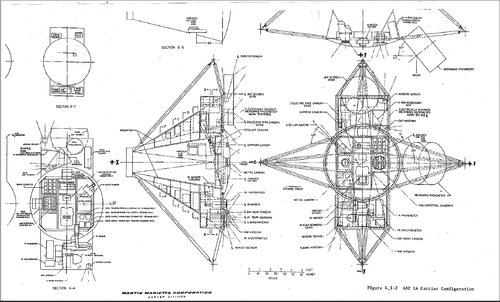A friend of mine told me that in 1964 circa was a proposal to USAF (maybe from North American Rockwell) for a alternative to MOL/GeminiB surveillance laboratories.
The proposal was based on Apollo hardware and tecnology.
A Saturn ( i believe Saturn 1B) would have put in orbit two USAF Astropilots in a Apollo command/service module for LEO.
The crew maneuvered the Apollo 180° to dock with the S-IVB adapter and extract a recoinnassance module.
They would have bet the recoinnassance module on earth surface,and started a one/two weeks surveillance mission.
Finally,the CMP would have accomplished a EVA for retire the films from cameras in the recoinnassance module.
At last the recoinnassance module would have been jettisoned and the Command Module would be returned.
I think that the whole thing would have seemed as the Lunar recoinnaissance mission proposed for AAP.
Her a sketch from our friend Giuseppe De Chiara:

Anyone have information on this proposal,or know because was rejected in favor of MOL?
Was from from Rockwell or a USAF internal proposal ?
The proposal was based on Apollo hardware and tecnology.
A Saturn ( i believe Saturn 1B) would have put in orbit two USAF Astropilots in a Apollo command/service module for LEO.
The crew maneuvered the Apollo 180° to dock with the S-IVB adapter and extract a recoinnassance module.
They would have bet the recoinnassance module on earth surface,and started a one/two weeks surveillance mission.
Finally,the CMP would have accomplished a EVA for retire the films from cameras in the recoinnassance module.
At last the recoinnassance module would have been jettisoned and the Command Module would be returned.
I think that the whole thing would have seemed as the Lunar recoinnaissance mission proposed for AAP.
Her a sketch from our friend Giuseppe De Chiara:

Anyone have information on this proposal,or know because was rejected in favor of MOL?
Was from from Rockwell or a USAF internal proposal ?


